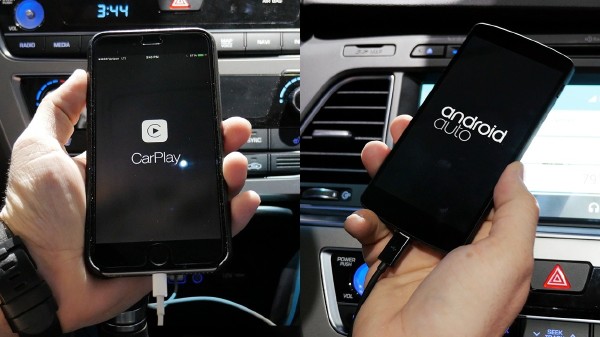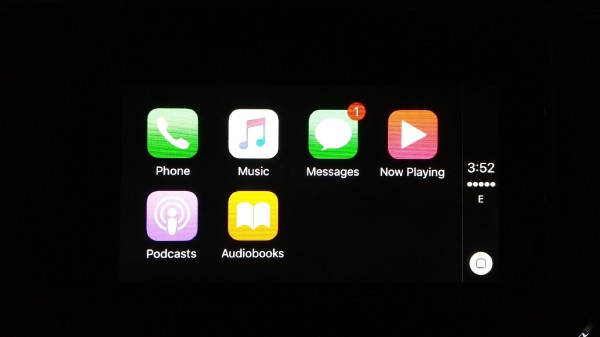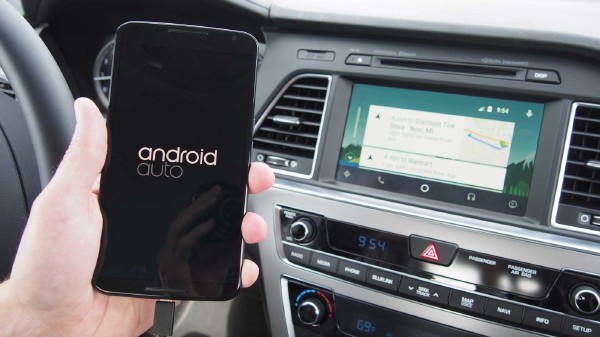The future of connectivity
The driving experience is undergoing a major overhaul as of today. While the driving experience itself is important, what has taken center stage is how we stay connected with the world outside when we’re behind the wheel—that is, while we still need steering wheels. Our vehicles were once our cocoons, insulating us from the world outside, but now we demand vehicles that include a host of new experiences and connectivity features.
The idea of being not connected for longer than it takes to grab a cup of coffee is pretty much a sin to most of the world’s population. Simply because connectivity is now seen as an essential need, akin to water and clothing. Consider: There are now more mobile phones than people on the planet. The typical 20-year-old uses his phone to send over 2,000 text messages a month, share status updates with upwards of 500 friends, or access one of the over 3 million apps available.
Today, your smartphone can do things undreamed of a generation ago. You can use it to look up directions, pay for purchases, play your favorite games and make the occasional phone call as well.
Anyone who has spent any time in the new car market recently can tell you that automobiles are heading in the same direction, integrating more and more IT functionality into the latest models of popular vehicle brands. Granted, using your car’s system to make hands-free phone calls is so last decade. But how about monitoring mileage, engine maintenance, and upcoming road conditions in real time? All this and more are now available in the latest 2017 models from your favorite automotive manufacturer.
It should come as no surprise that the two major players in the smartphone marketplace, Apple and Google, are keenly interested in getting their own products installed and integrated into the ever-increasingly intelligent vehicles hitting the market.
Apple CarPlay
CarPlay is pretty straightforward: You plug in your iPhone and CarPlay automatically appears on the screen. It looks exactly like the iOS interface on your phone, but with only a core group of apps available: Phone, Music, Maps, Messages, Now Playing, Podcasts, and Audio. These apps can’t be removed, though a select few, like Spotify, can be added.
While it takes over the entire screen, CarPlay is far from a replacement for your car’s infotainment system, and you can easily exit CarPlay and go back to the car’s standard system when needed.
There are limitations, though. The system requires a lightning bolt plug-in so CarPlay only works with iPhone 5 and up. What’s more, CarPlay doesn’t work in every car. Apple lists compatible vehicles on its website, but if yours isn’t there, don’t give up just yet. Just about any car can be made compatible. However, that means getting rid of your car’s current system and replacing it with another one. But that will end up being an expensive proposition.
Android Auto
Android Auto works by projecting Android apps onto the in-car display after the phone has been plugged in to the car via USB. The phone itself does all the majority of the work. Phone calls are handled over Bluetooth. This opens up the possibility to use mobile apps such as Google Maps, Google Play Music, Google Now and a host of third-party offerings. Presently, that mainly means media apps, music and podcasts and the like, though messaging apps can also get piped through Android Auto. Hangouts, Skype, etc. They’re headless, meaning there’s not actually an app to interact with, but you get the important part, the message.
Apple is working closely with many manufacturers to integrate its existing CarPlay system into as many models as possible. Google on the other hand is taking a slightly different approach and setting its sights on replicating or replacing your vehicle’s instrument cluster and diagnostic systems with a system of its own.
Though both systems are currently in their infancy, given the strength and market presence of these two tech giants, it is safe to assume these systems will soon be available in most of the vehicles rolling off the assembly line. But will there come a time when vehicle choices soon predicate what cell phone technology will be used by new buyers? Only time will tell.
Photos
|
|
|
|











